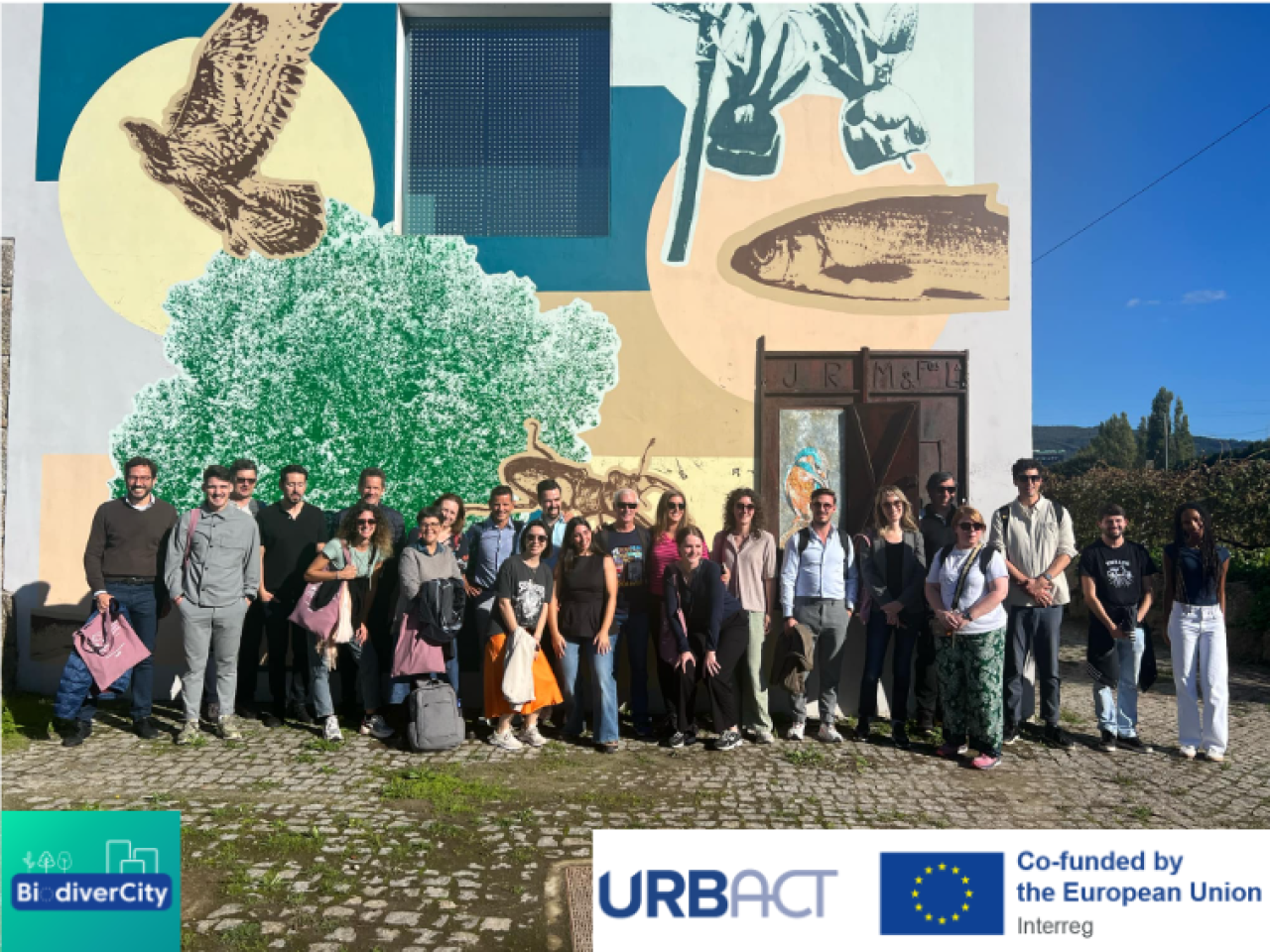This case study explores how Guimarães has successfully placed biodiversity at the core of its urban development strategy, culminating in its designation as the European Green Capital for 2026. The city’s approach is not merely about preserving green spaces but involves a comprehensive governance model that promotes ecological awareness, citizen engagement, and long-term sustainability.
Through initiatives such as the Green Brigades, the Landscape Laboratory, and the Biodiversity Action Plan, Guimarães has developed innovative methods for fostering urban biodiversity. These efforts include the restoration of natural habitats, citizen science projects, strategic urban planning, and the implementation of policies that mitigate climate risks. The city's commitment to sustainability extends beyond biodiversity conservation, incorporating climate action measures, circular economy principles, and green infrastructure projects.
This case study examines the key policies, initiatives, and strategies that have enabled Guimarães to become a leader in urban biodiversity. It highlights the role of political leadership, community engagement, and scientific research in shaping a greener, more resilient urban environment. By understanding the success of Guimarães, other cities can adopt similar approaches to integrate biodiversity into their urban planning frameworks, creating sustainable, nature-friendly urban spaces.
Find the study HERE


